This is my personal story of how Ashtanga yoga became part of who I am, why I practice and what it gives me in my life.
Tried it all
To be honest, I didn’t start Ashtanga yoga because I wanted to change myself. I had tried several yoga styles but I never felt sitting in lotus in an “orange” incense atmosphere really was my thing. I wasn’t a sporty type at all, didn’t like running or team sports and had never done Aerobics, Pilates or gymnastics for more than one season.
When I stepped on the mat for the first time, I had no idea that Ashtanga would change me as a person. As I started practicing regularly, my body became fit and strong, but also little by little, I changed how I saw myself in the world.
Yoga and Sweating
What made me try Ashtanga yoga was that my classmate Susanne Holm at the Design School told about this new yoga style that made her sweat like a marathon runner. Susanne’s body were so fit and her arms were so beautifully shaped, without being too much. Yoga and sweating sounded a bit contradictory to me, but the combination enticed me – especially the sweating which I hadn’t done for a while.
The beginning of Ashtanga in Copenhagen
We went to a small attic, where a small group of people practiced together with my first teacher Bente Faurby. In the following years Bente and other yoga teachers established the first schools in Copenhagen.
I sweated like I had never done before! Since then, Ashtanga has been a part of my life. In periods I’ve had breaks but I’ve always returned to the practice. Now I only sweat when I do yoga in a very hot climate. Normally this happens because you detox the system the first years and afterwards you stop sweating or sweat much less. Now I almost miss the it.
What is Ashtanga Yoga
In Ashtanga Yoga we say “Just do your practice and it will all come”. I’ve done that for 20 years and I wouldn’t miss it in my life. Doing the practice calms my mind, brings me focus, strengthens my body and makes me conscious of my personal patterns.
Ashtanga is a dynamic yoga style, where the individual poses (Asanas) are weaved together by flowing movements (Vinyasas) synchronized with the breath (Ujjayi breathing) and focal points (Drishti). You also hold body locks during the practice (Bandhas).
The combination of poses, movements, breath and focal points give the benefit of strength, flexibility and awareness of the body and the mind in one practice. It produces an intense heat from within that makes you sweat like a crazy, improves circulation and detoxifies muscles and organs.
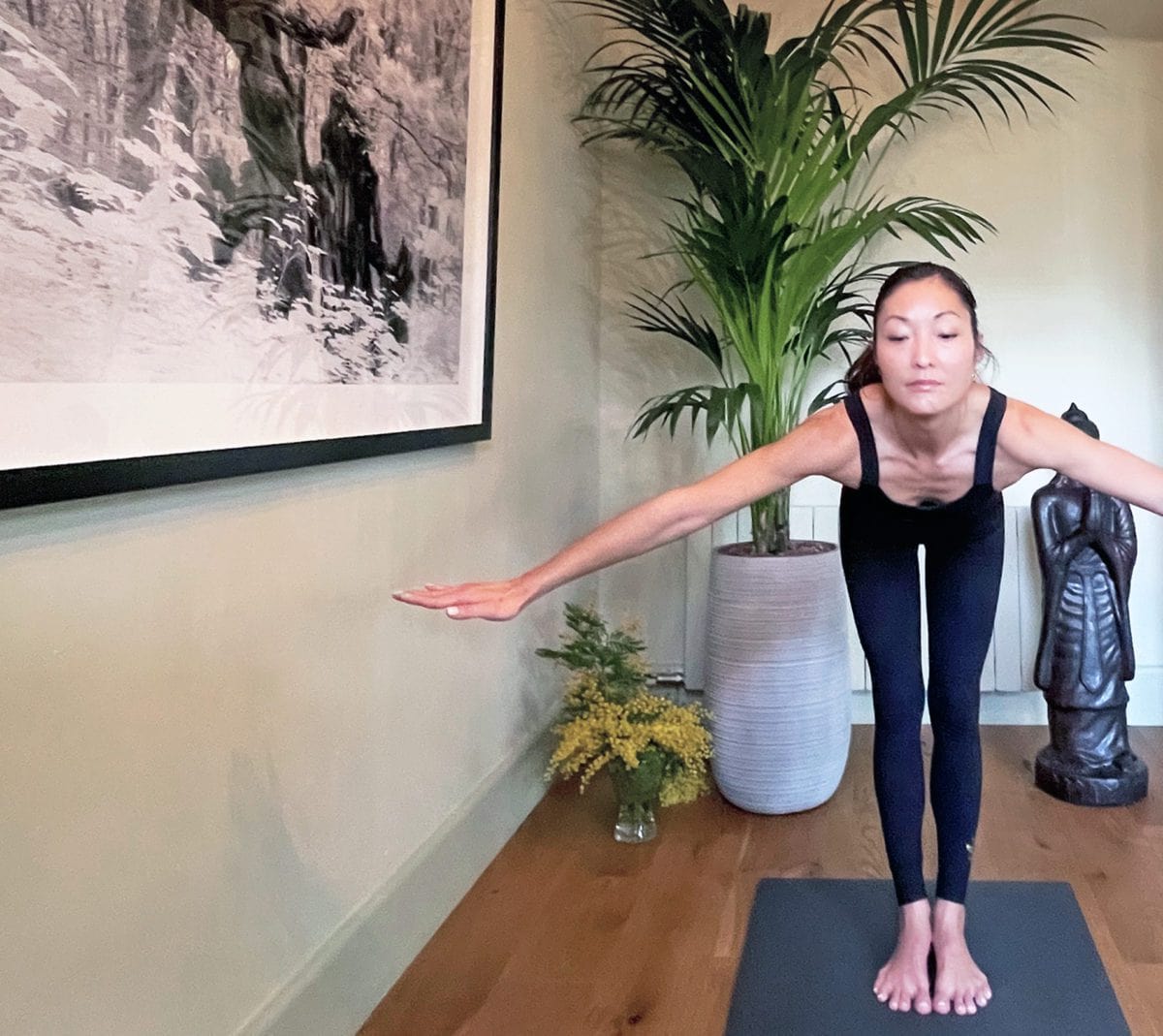
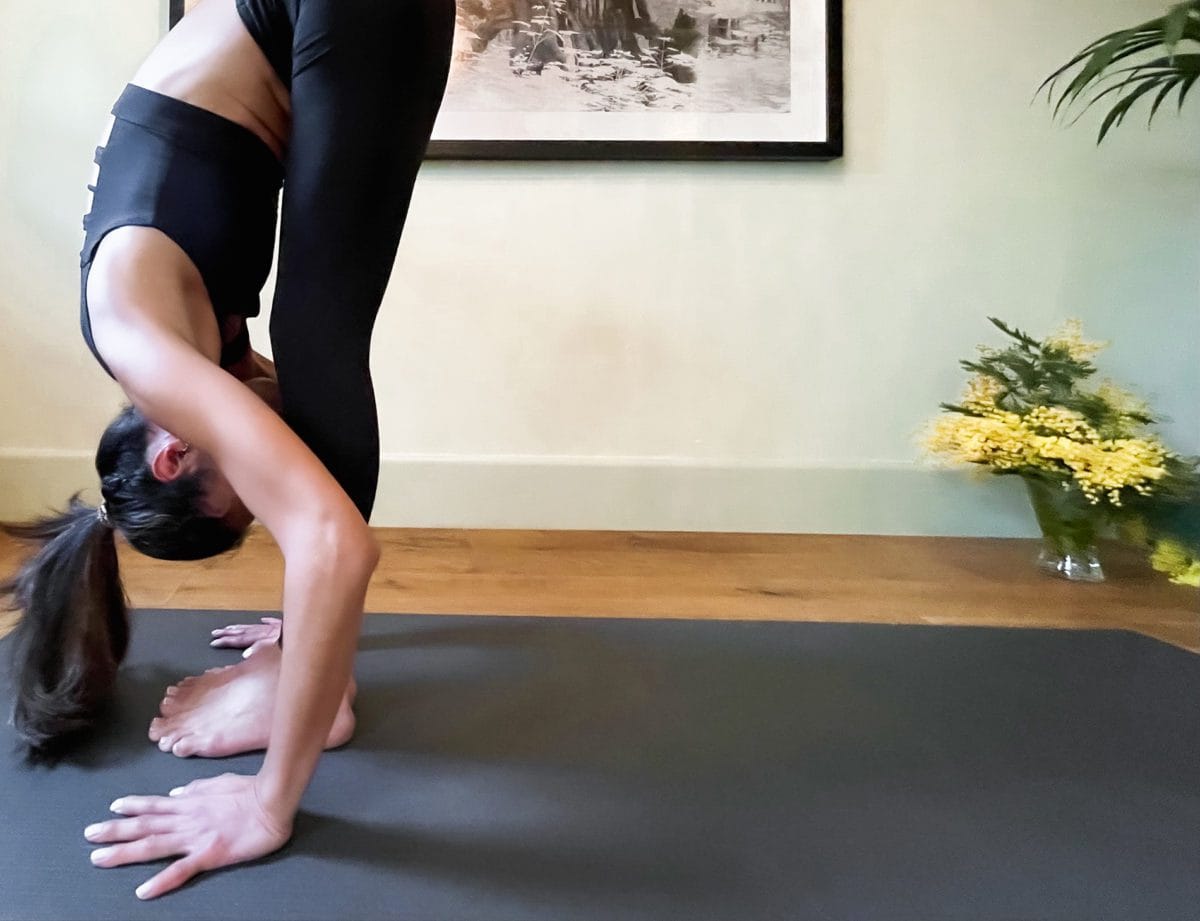
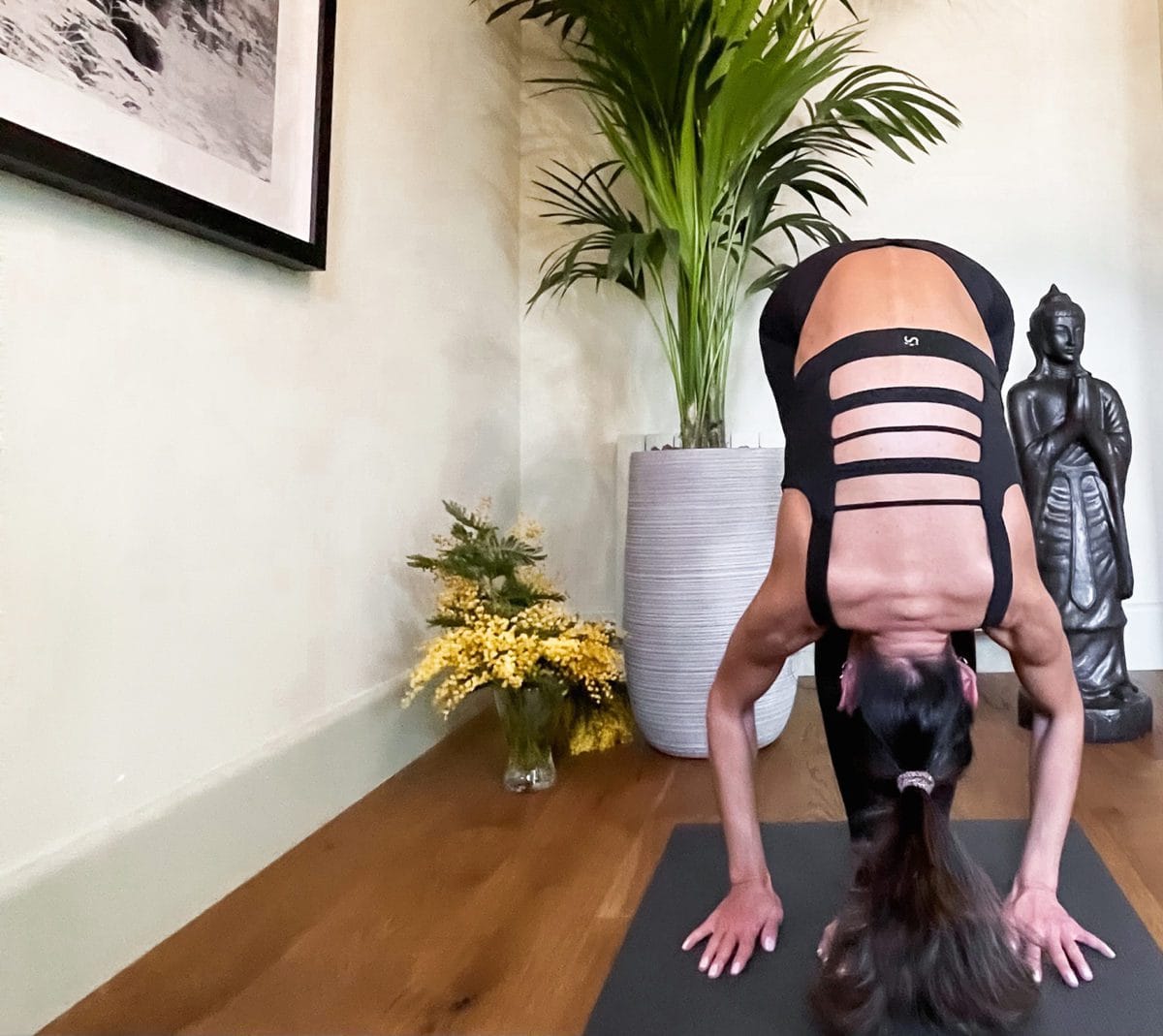
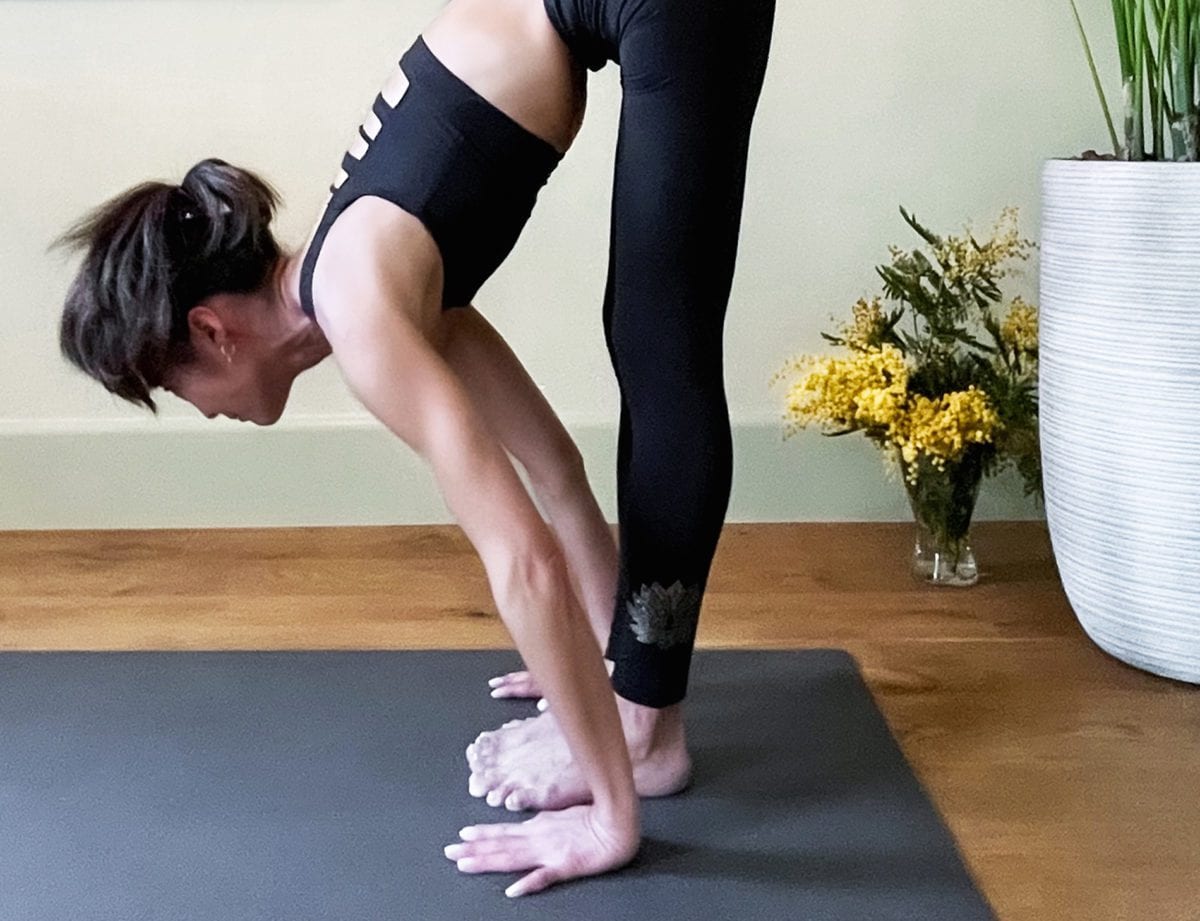
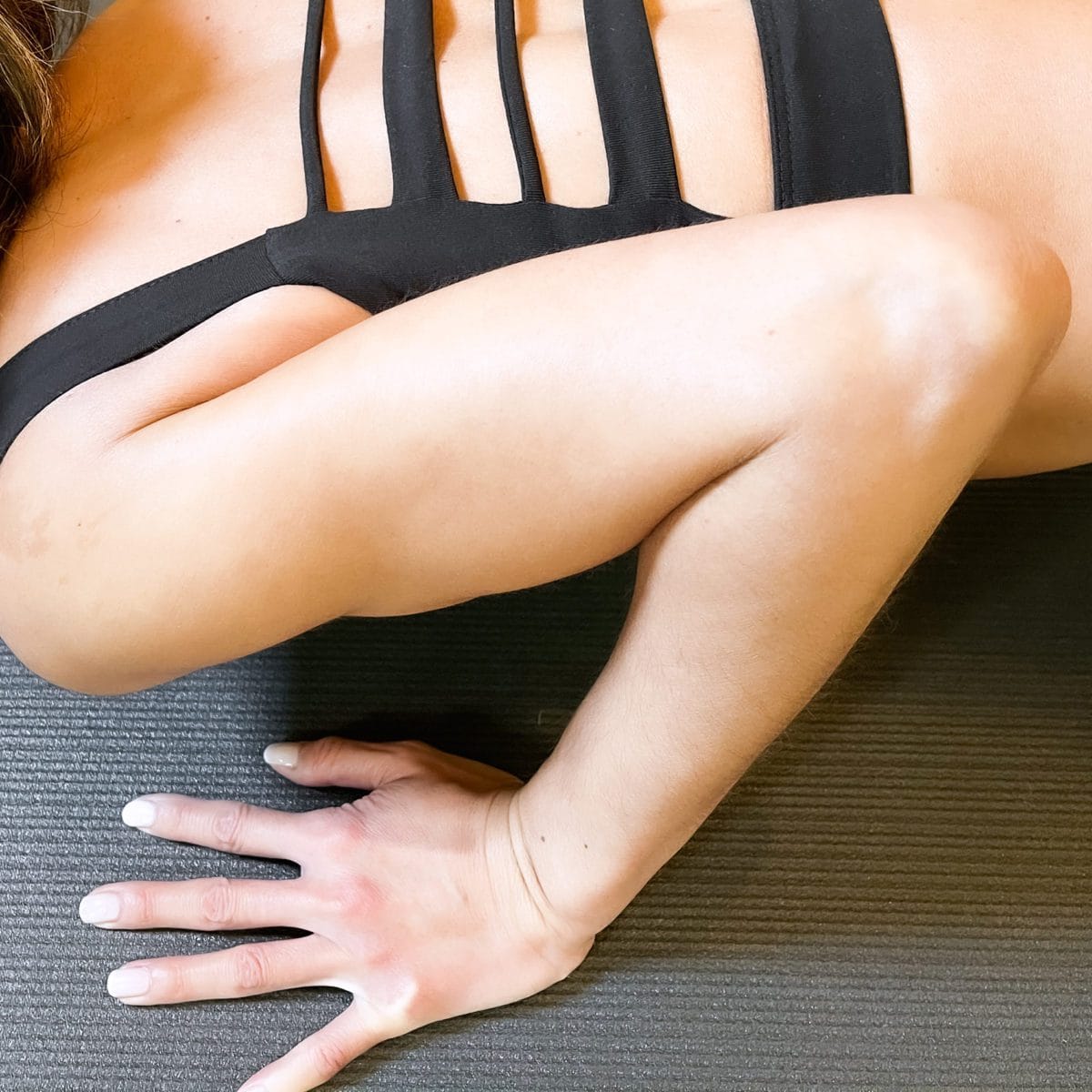
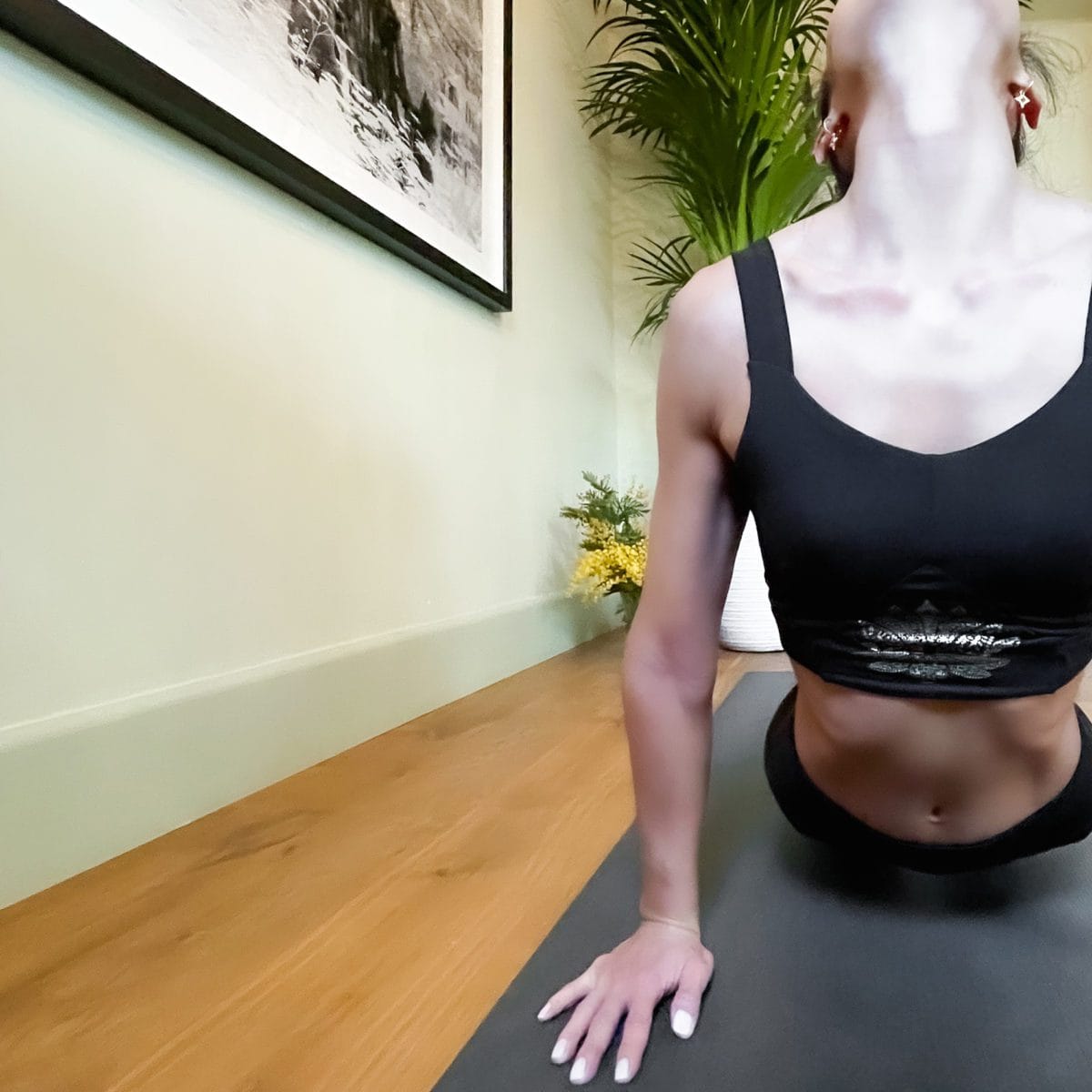

The Ashtanga Yoga tradition from Mysore
The Ashtanga Vinyasa Yoga Mysore Style was originally taught by Sri K Pattabi Jois in the South Indian city Mysore, who in 1948 founded the Ashtanga Yoga Research Institute.
Pattabi Jois learned and developed the system from his teacher Sri T. Krishnamacharya. Today the Ashtanga Mysore Yoga tradition is continued in Mysore by Pattabi Jois’ Grandson Sharath Jois at Sharath Yoga Centre and by P. Jois’ Daughter Saraswati at KPJAY Shala.
Many students and teachers are going to Mysore frequently to advance their practice in the essence of the tradition. I haven’t been to Mysore, but I mostly went to Mysore schools and teachers certified in the traditional Krishna Pattabhi Jois Ashtanga Yoga Institute method, which is called “KPJAYI” certification.
Mysore Style
The Ashtanga Mysore Style is an individual self-practice. You learn the sequence and the poses step by step in your own pace and advance according to your ability.
Beginners are given a short practice and the teacher gives each student individual adjustments & instructions. It’s very different from a “led” class where everyone does the same sequence at the same pace.
Below you see the postures of the Primary and Intermediate Series. When you start you only do a few.
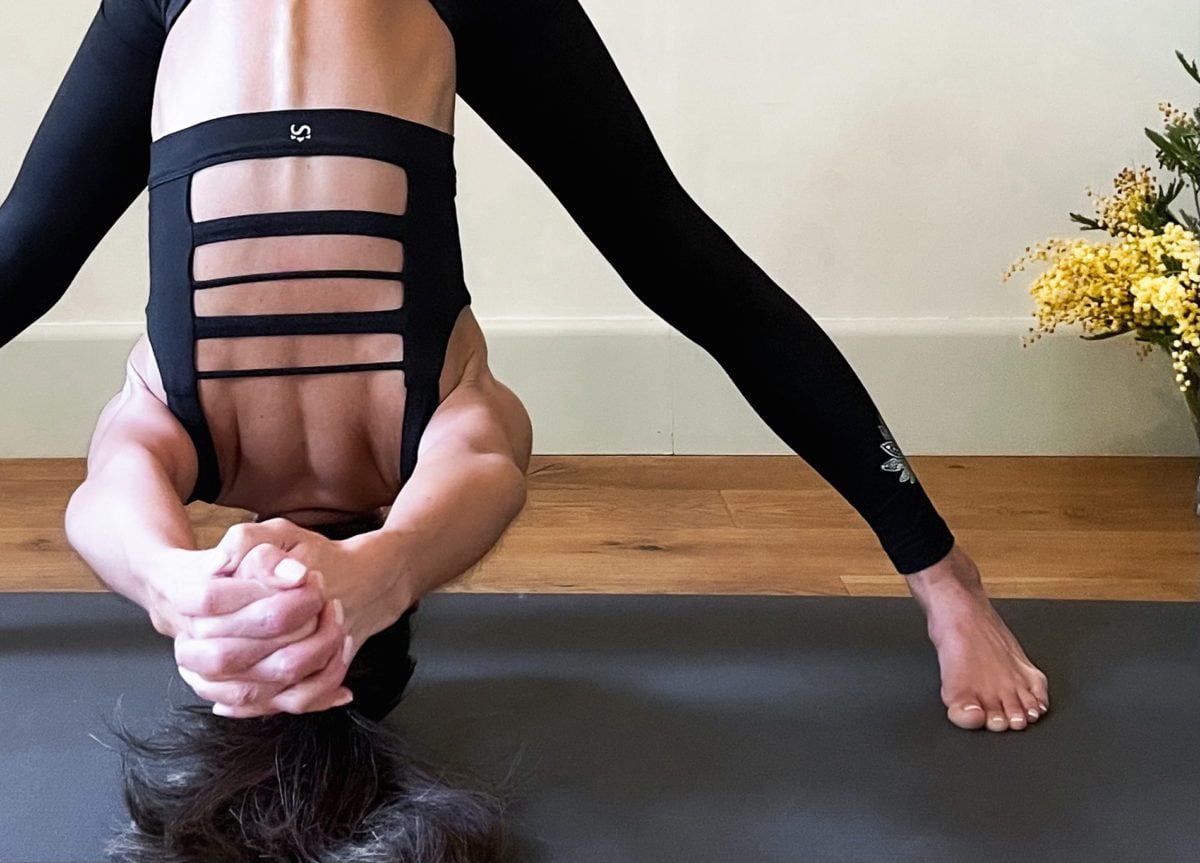
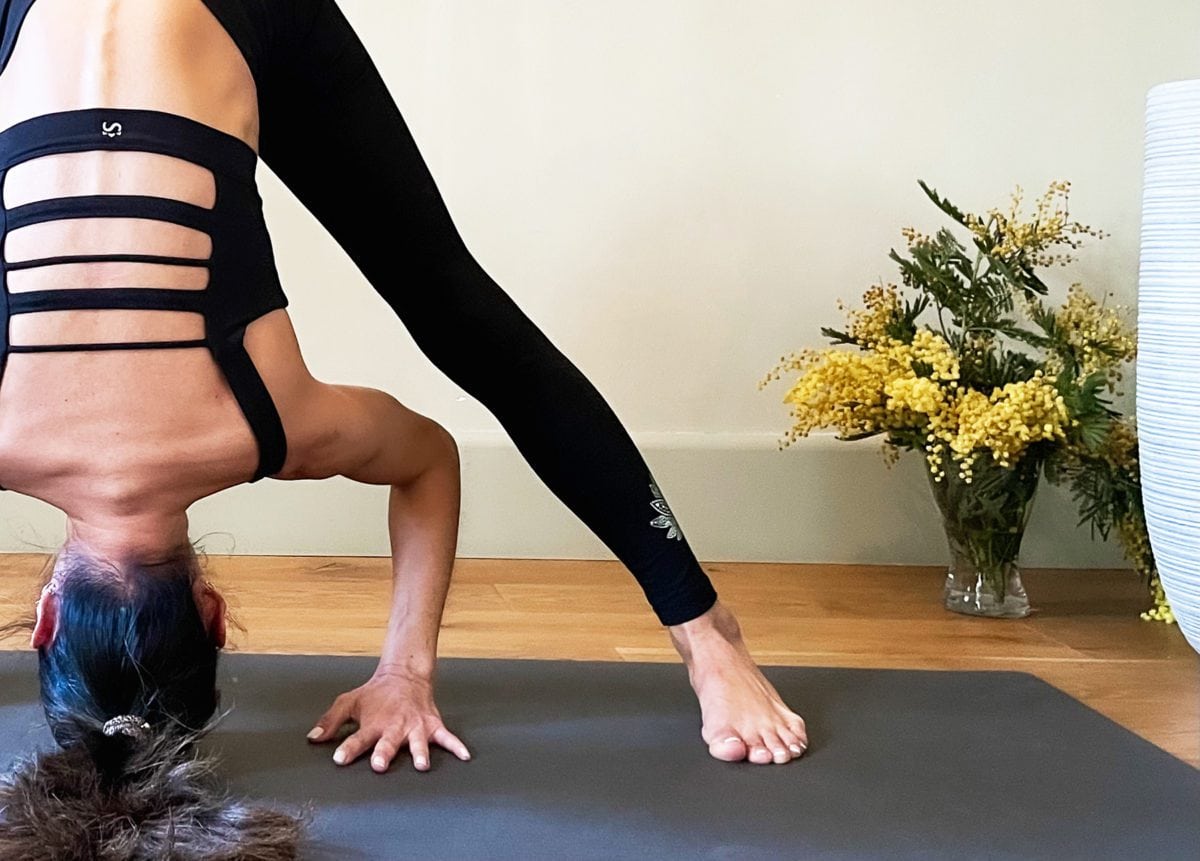
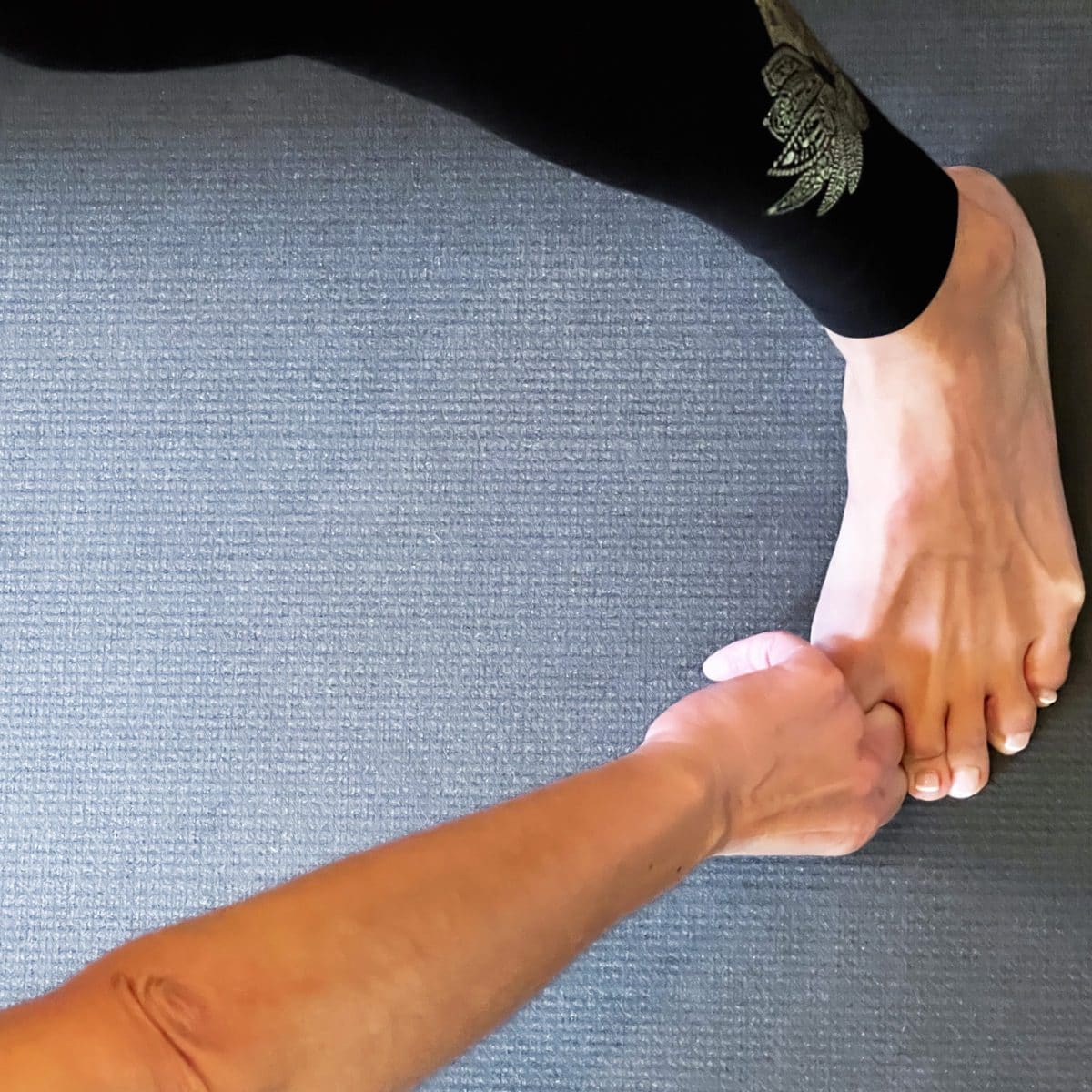
The General Benefits of Ashtanga Yoga
What I especially love about Ashtanga is that the flow of your breath “carries” you from pose to pose. The practice gives me an instant feeling of wellness from the breathing and movements. It’s quite extraordinary to feel like that every day as the first thing!
If I don’t focus on breathing the rest of the day, at least I’ve done it in the morning! While the practice cleans, strengthens and stretches your body physically, it does the same mentally and emotionally.
I have experienced many positive changes myself and I have seen the other students around me change – both physically and personally, into better versions of themselves. Ashtanga has a ton of benefits and while some are universal, I think each person experiences them differently.
Below I share the long-term benefits I have experienced from doing Ashtanga frequently. Some happened quickly though! This is a very individual process.
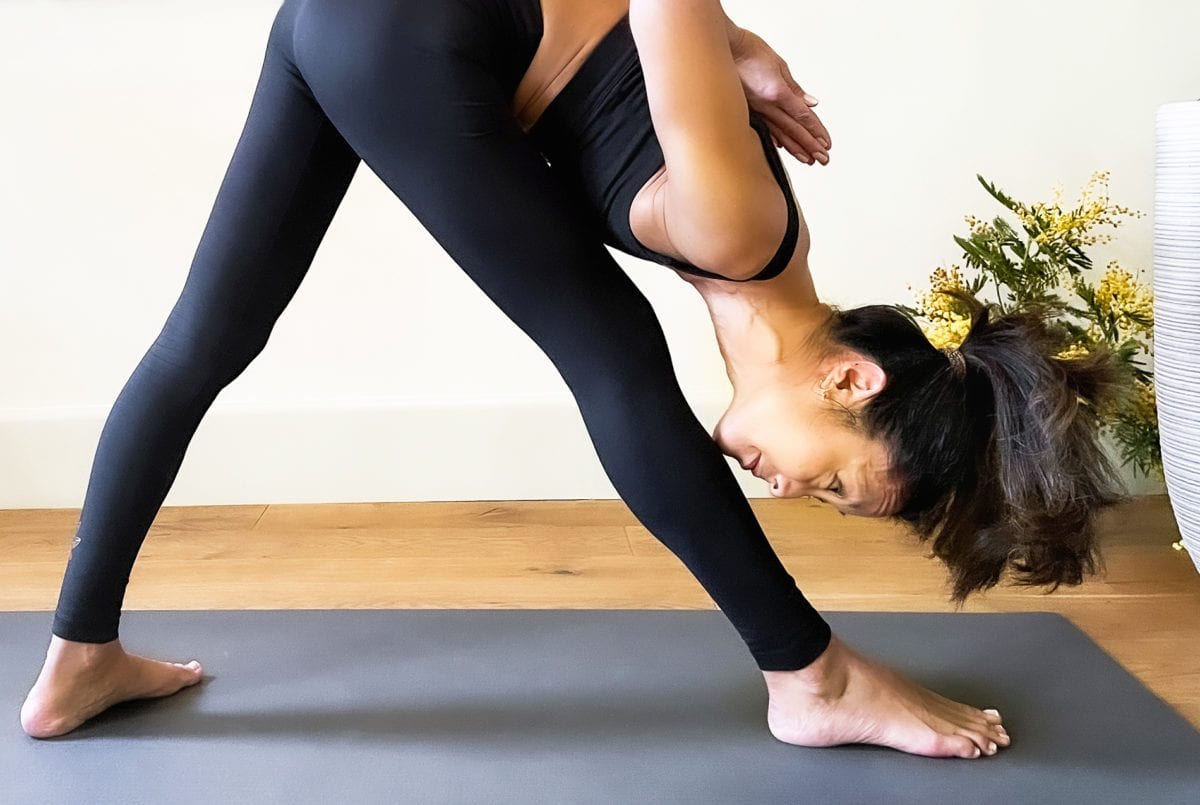
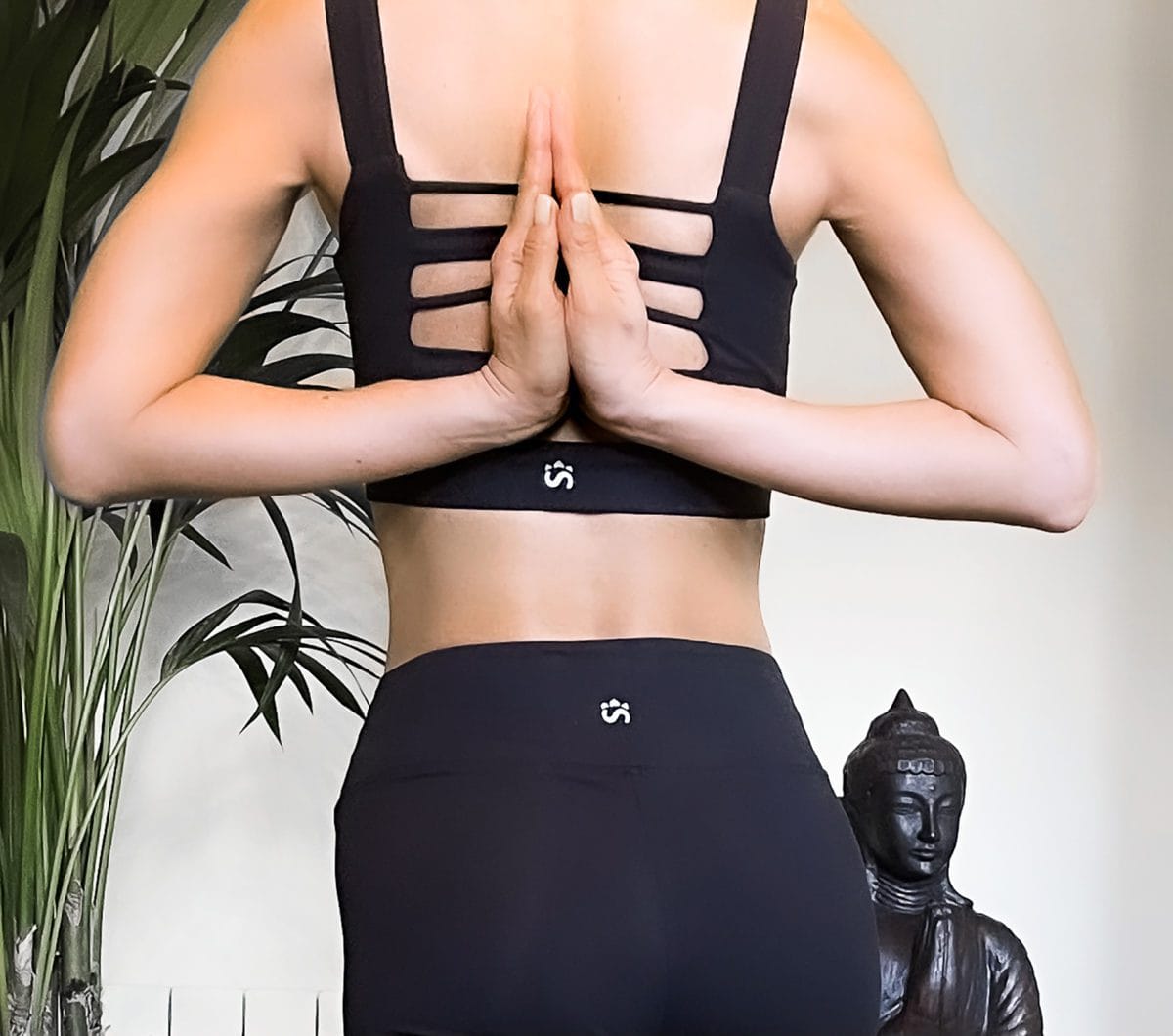
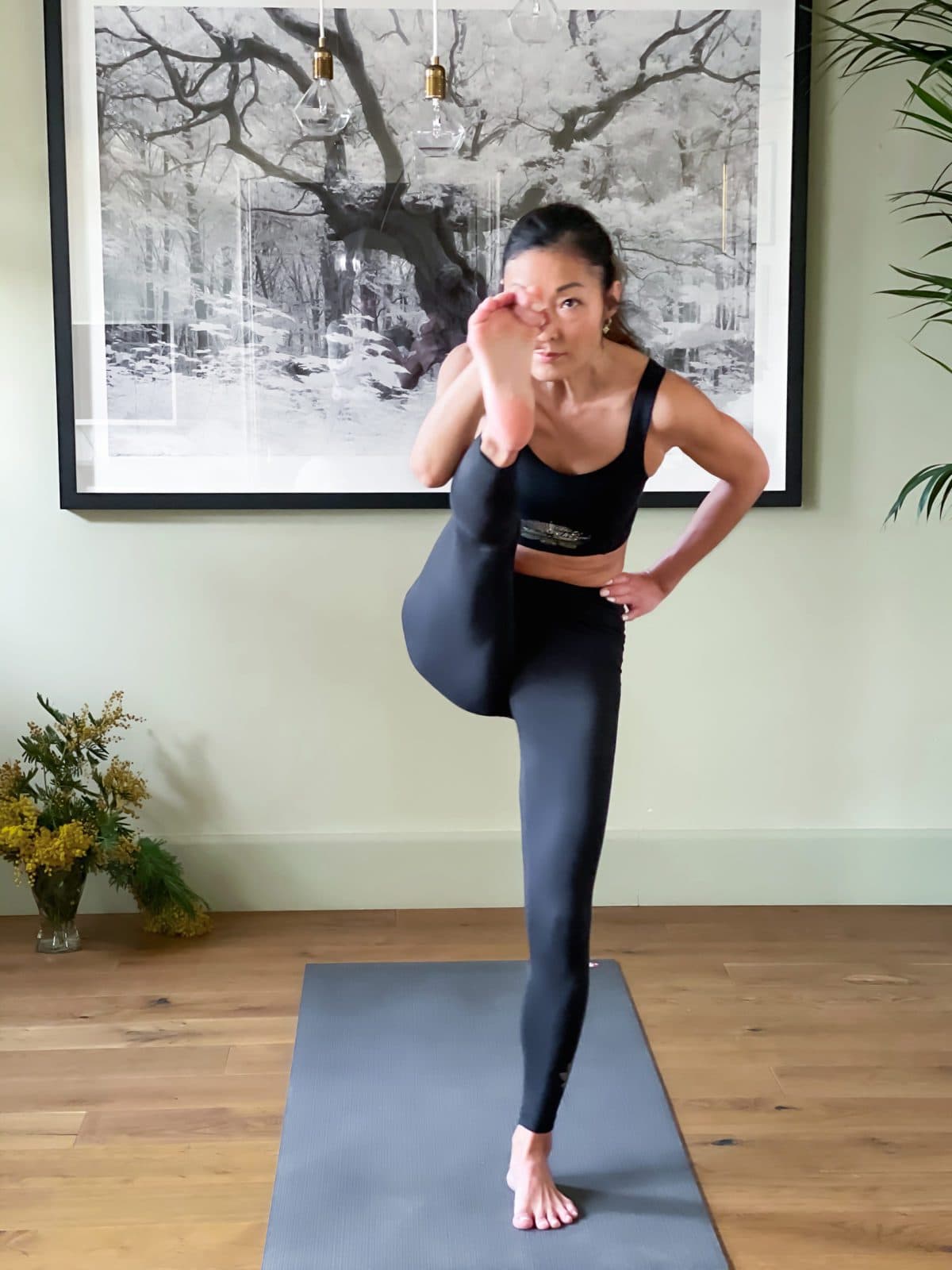
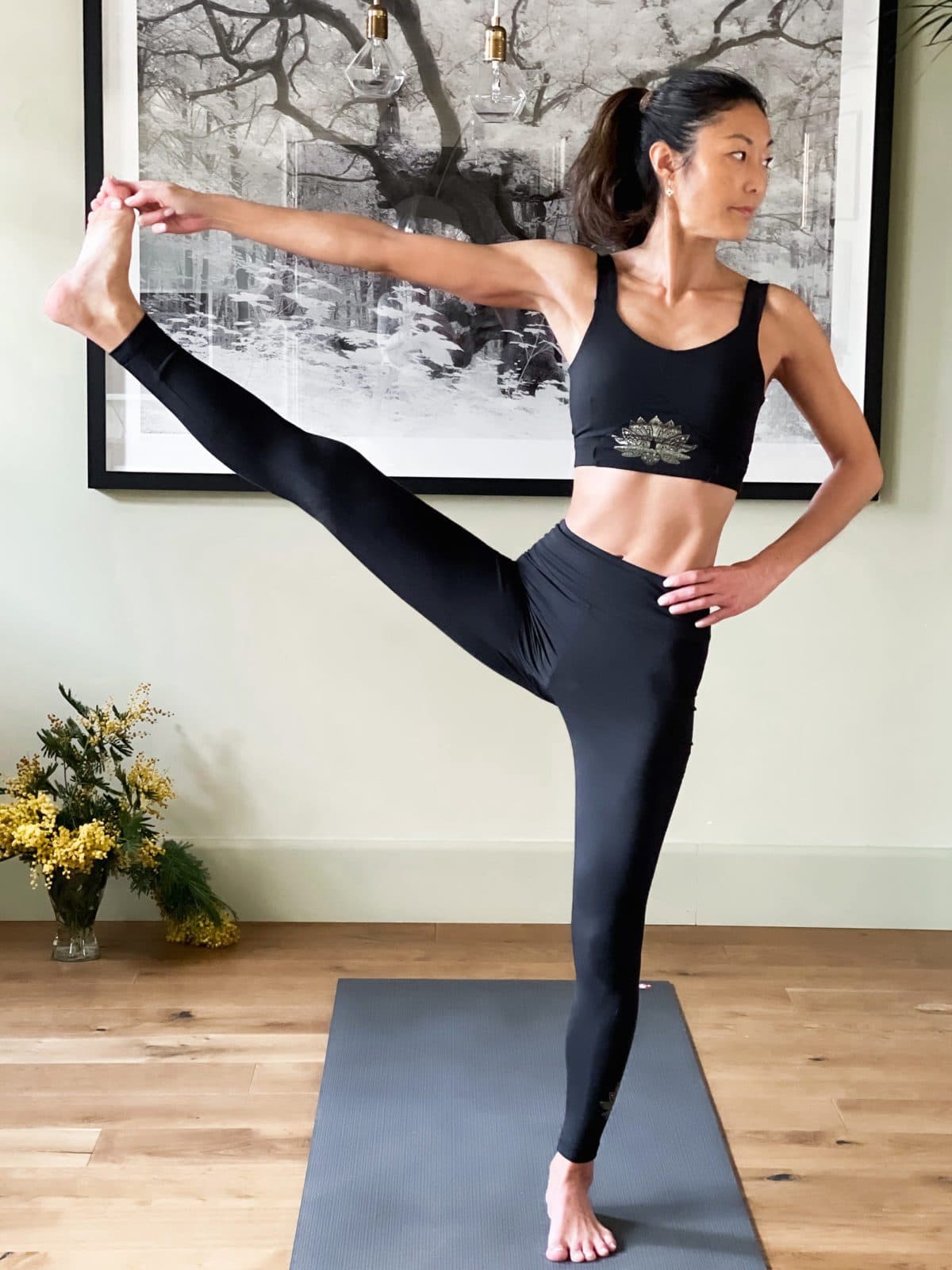
My 10 personal benefits of Ashtanga Yoga
1. Physical Strength & Health
When I started practicing three times a week the results showed quickly.
My body became more flexible and my muscles got more defined. Little by little I could go further into the positions and outside the yoga mat my flexibility made me physically more “resistant”.
I remember stumbling down the stairs and landing with one foot in an impossible distorted position. I was sure I had broken or stretched something, because my foot made a 90-degree twist carrying all my weight as I avoided the fall. When I had balanced myself, I realized my ancle wasn’t injured at all and after a moment I walked again.
2. Muscles & Posture
So, this sounds ridiculous, but I always wished a body like a dancer. Especially I wanted these strongly shaped arms. Not the compact muscles as weight lifting gives you, but the long beautiful muscles sharpening up when tightened. I always had very thin arms with no structure.
When I stated doing Ashtanga, quite quickly my arms got stronger and the shape of my shoulders and bag also sharpened up. As a result of strengthening my body, my posture also improved.
Many years ago, I saw an old photo of myself from before I did Ashtanga and my body looked so different. I like how it looks and feels now.
3. My Natural Shape
Ashtanga got my body into the natural shape it’s supposed to be. We don’t feel good when we are in a body which is not really ours, but we tend to get used to it and eventually we don’t notice the discomfort anymore.
I have seen overweight people get fit and really skinny people “growing their body mass”, not only only to looking better physically but also shining from within.
The “natural shape” also applies to the personality. Ashtanga is evolving me into the essence of my spirit.
4. A Peace of Mind
Doing the practice makes me feel a peace of mind. I feel a serenity while I do the practice every day and in general it stays as an “off the mat” state of mind too.
Spending the time wire I practice in silence, just breathing, not speaking or reacting to anything, gives me an inner peace that is reflected in who I am.
It feels like stabilising a “core” inside that helps me stay calm and changes my perspective and reactions in many situations.
5. Self Awareness
The practice has made me become more aware of myself. I grew up with my parents as the only child so I didn’t have so many people around me to consider.
Though I don’t think I was an egoist, I was used to thinking myself first. I remember after practicing for a while I got a stronger focus on other peoples’ needs. Honestly, I thought it was strange myself, but my perspective just started changing.
6. Gratitude
I began seeing myself much more as part of a bigger context instead of being the center of the universe. As a result, the feeling of gratitude became present like never before in my life.
This is perhaps the value of Ashtanga that I appreciate the most. I believe gratitude is one of the most powerful human feelings which is essential to feeling happy and achieve what we want.
7. Confidence
When I finally achieve doing a posture that I have struggled with for a long time, I feel I can do anything in the whole world. I remember having that feeling when I did my first headstand alone. I think the feeling of achievement on a physical level makes us feel empowered in a way that impacts everything in our life.
8. Focus & Flexibility
Focusing once a day 100% on the breath is simply a gift. We breathe naturally, so it’s so hard to think of during the day. Ashtanga is a training on focusing on so many things at one time, on the breath but also on the postures’ alignment, the visual focal points, the body locks etc.
I feel the practice improves my ability to focus in general while it also increases the flexibility of the body. When areas that have been totally stiff soften up, it allows the energy in my whole system to flow more effortlessly. The focus and flexibility of the body reflect in my way of thinking.
9. A Point Stability & Belonging
When I moved from Copenhagen to Barcelona, one of the first things I did was to find a Mysore School and start my practice.
In this moment of my life where nothing was like is used to be, I appreciated walking into the shala, where everything was familiar, rolling out my mat and starting my practice as normal helped me maintain a sense of mental stability.
Even though the people were new, doing the same together in the same spirit made me feel part of the Ashtanga “family”.
10. My Own Rythm
During the pandemic lockdown I started practicing every day at home for the first time. It was easy because I was used to the Mysore Style self-practice.
I love the Mysore Style, because it gives me freedom to fit the practice into my rhythm. I always practice in the morning before I do anything else. It brings me into alignment to start the day by doing something good for myself.
Even when I go to Ashtanga Mysore schools, I love that I can enter and start when I want during the schedule, which is normally between 6:00AM-9:30AM.
It’s wonderful to enter a shala early in the morning and start practicing in silence, surrounded by other students who do the same in their own rhythm.
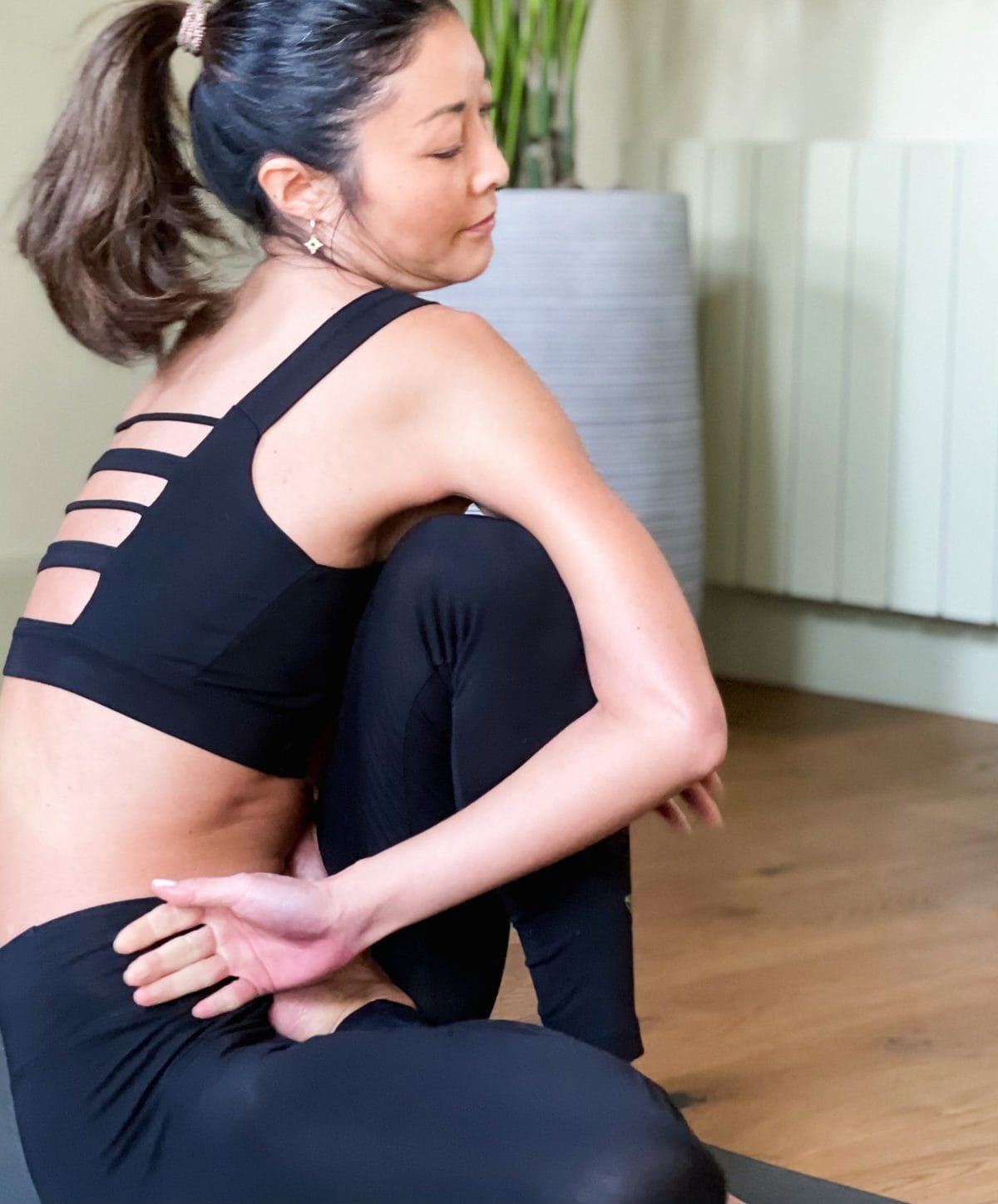
I just Practice
I have never been to Mysore and doubt I will go as my ambition is at a more relaxed level. There are six series of Ashtanga.
After 20 years I still enjoy doing the Primary (first) series. I think everyone finds their personal way of living with yoga.
My focus is just practicing, ideally every day. It doesn’t always happen, but I practice at least five times weekly. Doing Ashtanga yoga just makes me feel happier.
Certainly I am not the most experienced yoga practitioner and never had much interest in the theory or philosophy, so I am not the person to tell you about any of this.

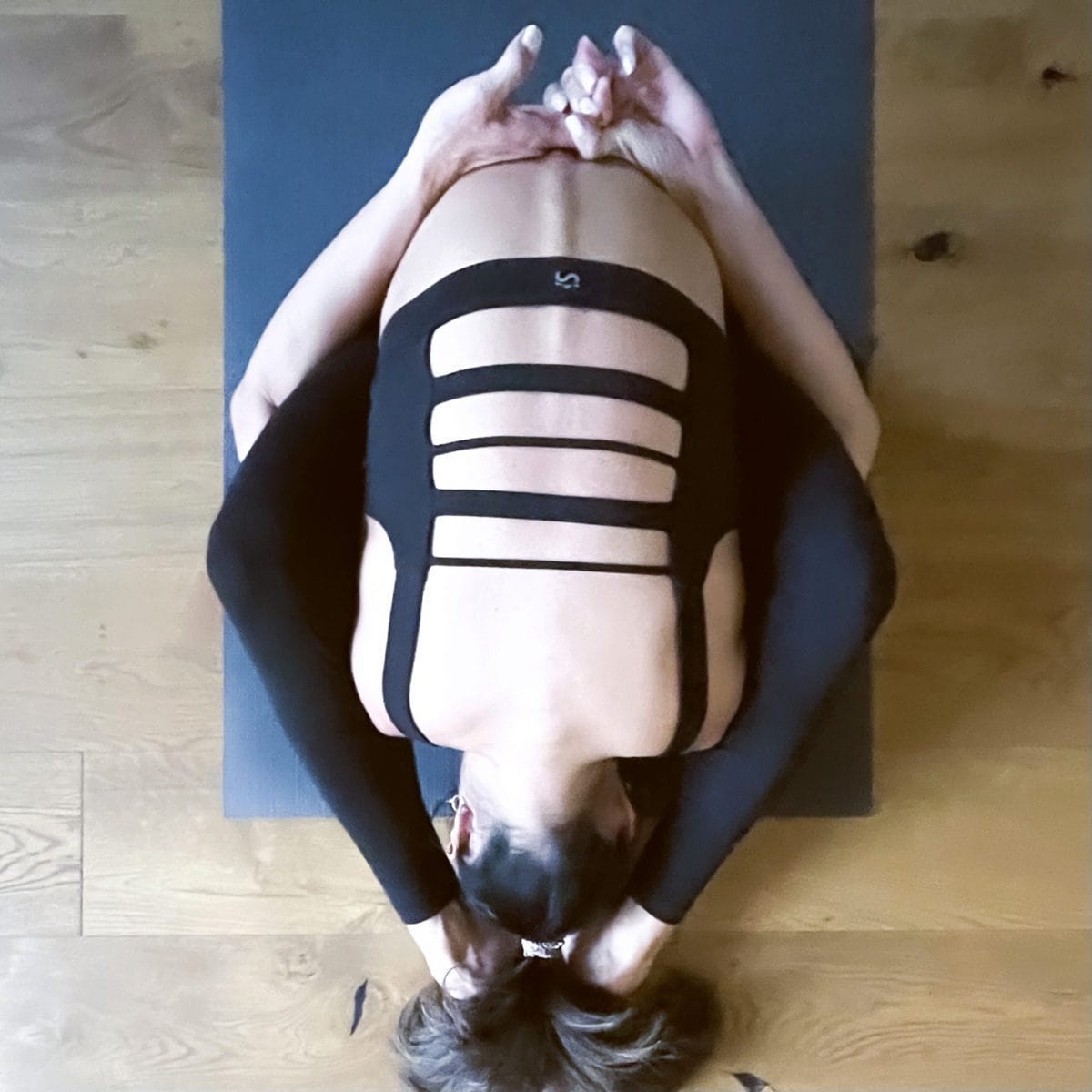
My Personal Experience
Here on the blog my mission is simply to introduce you to Ashtanga Mysore Yoga from a very personal perspective.
Below you can find more information, so you can get a better understanding of what Ashtanga yoga is.
In the next post, I will share my favourite Ashtanga teachers, schools and retreats in Copenhagen, Barcelona, Madrid, Italy and India who I have a personal experience with.
If you don’t want to miss the next post, you can subscribe to the newsletter.
I send gratitude to the people who have introduced me to Ashtanga yoga.
Namaste!
NOTE: All postures shown both on photos and videos are from the Primary Series. I show them as I can within my capabilities, which means that they are not showing the ideal expression of the postures. The images are intented to give you an idea of what Ashtanga yoga is about.
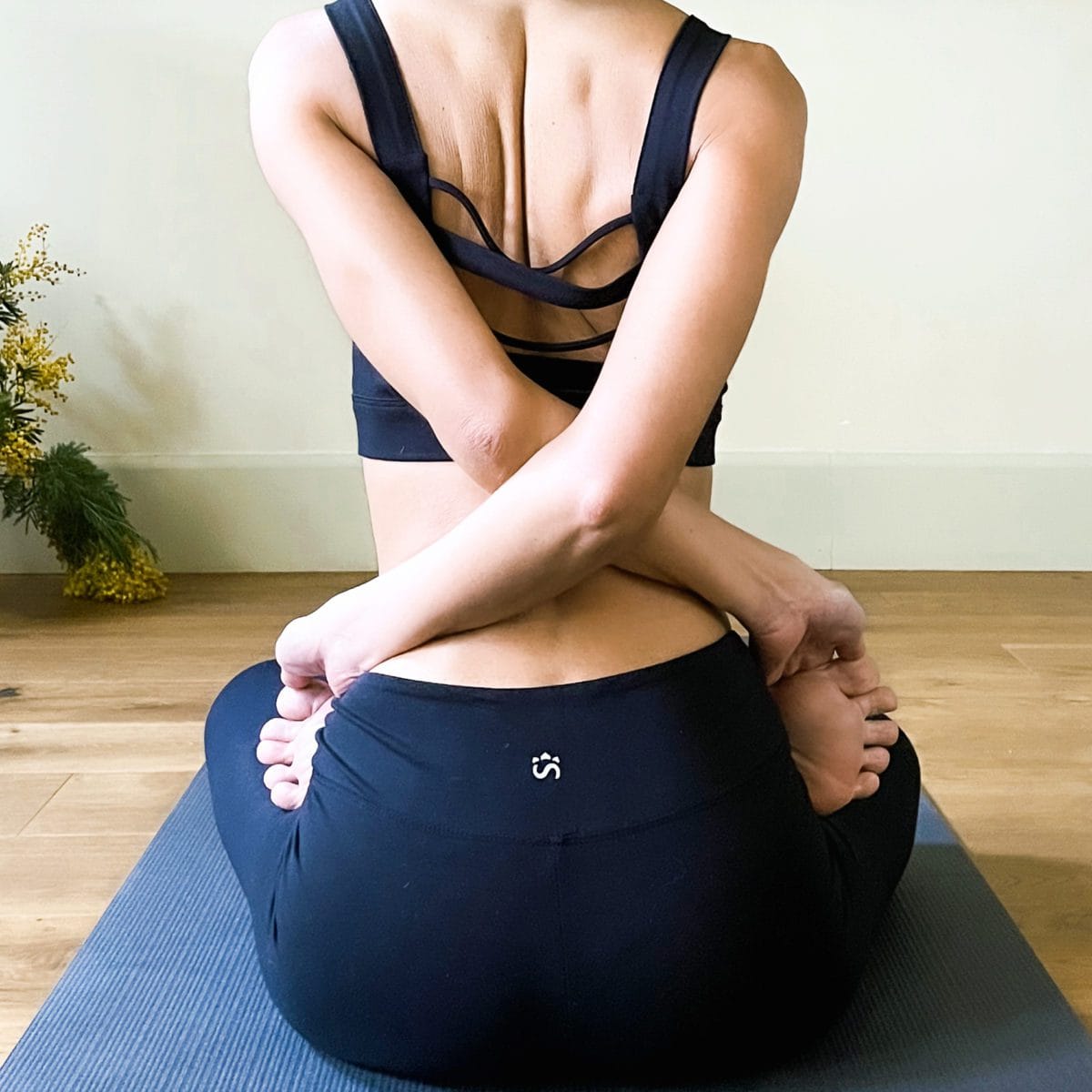
ABOUT ASHTANGA YOGA
Sri K Pattabi Jois
Susanna Finocchi & Jens Bache, Astanga Yoga København (DK/EN)
Jose Carballal, Mysore House Madrid
Lucia Liencres (ES)
ASHTANGA YOGA PRIMARY SERIES
Intro to Ashtanga + Full primary series: John Scott
ONLINE SHOPPING
Manduka PRO yoga mat
Outfit: Shambhala, Barcelona
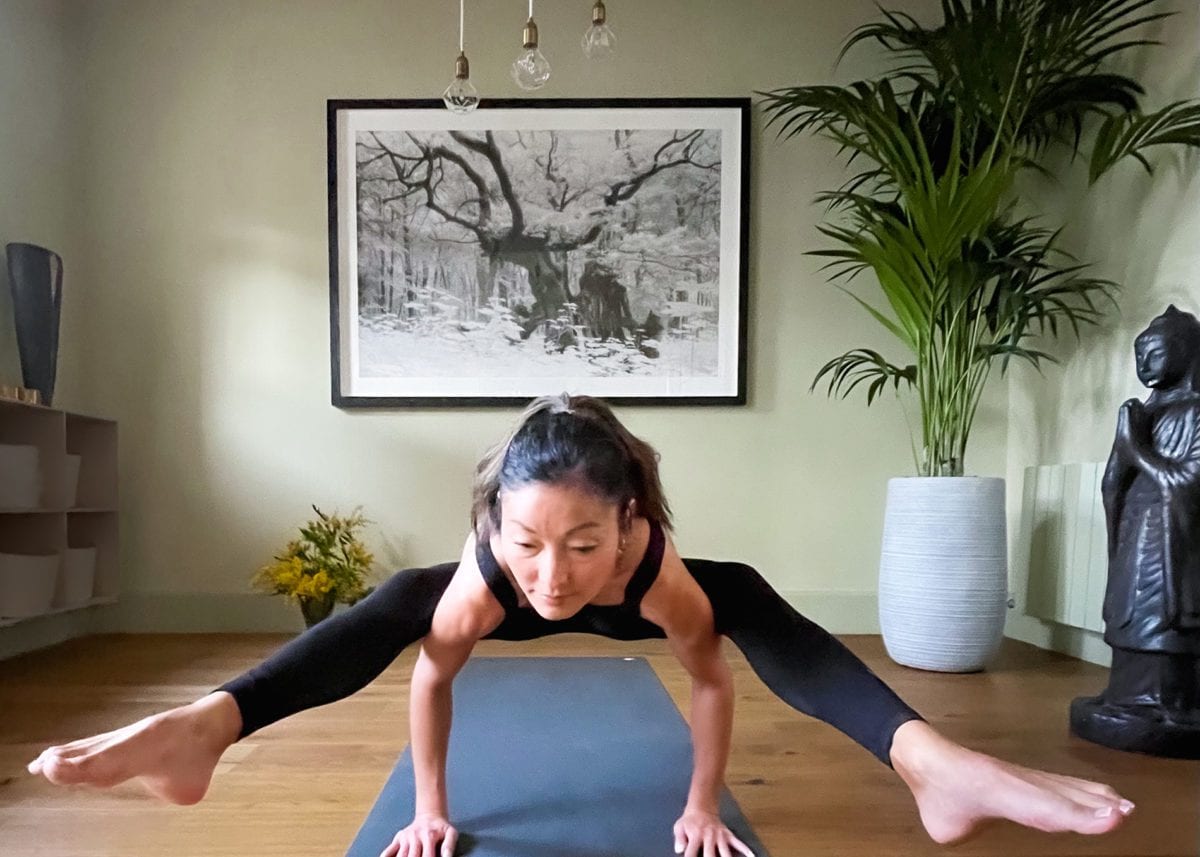
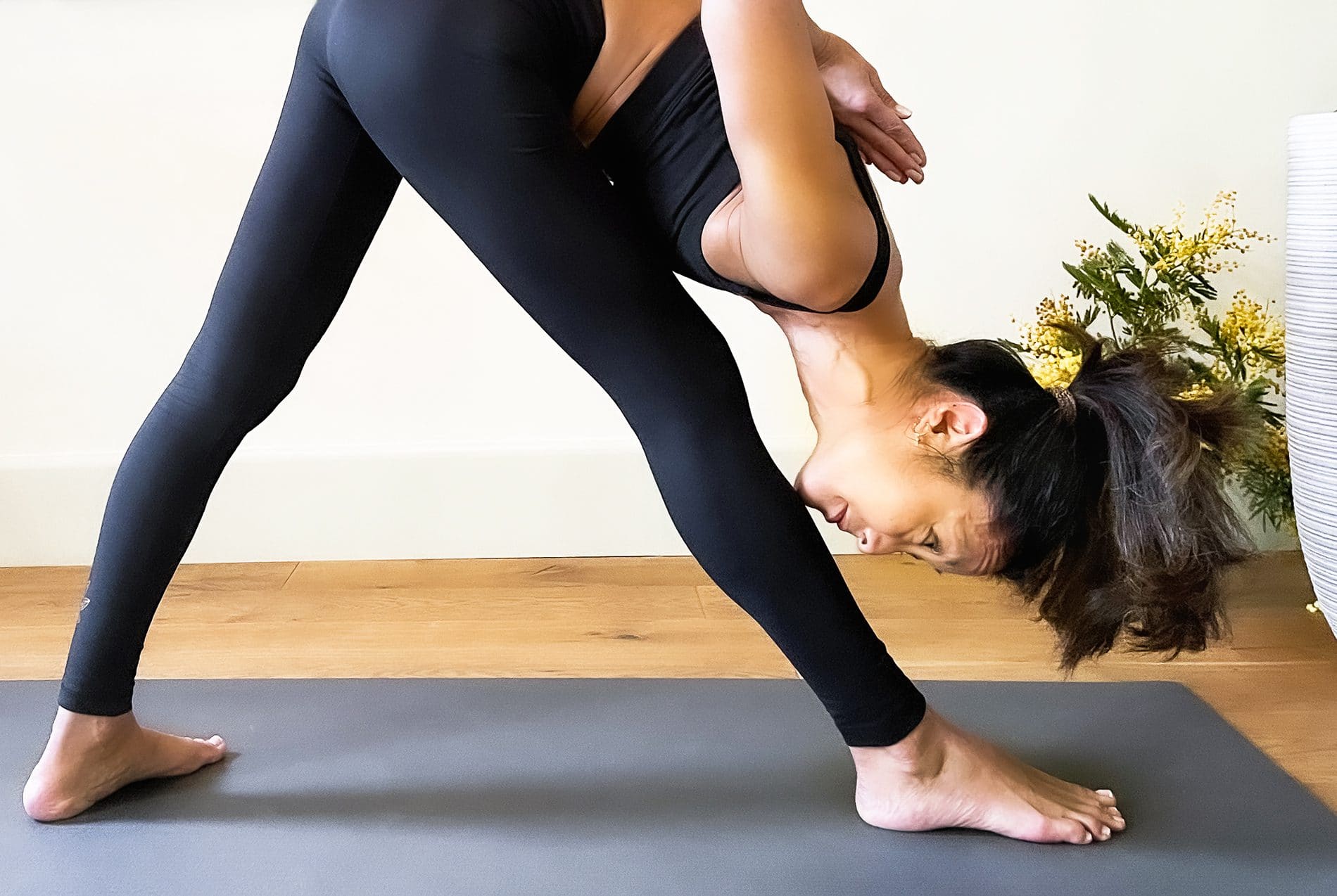


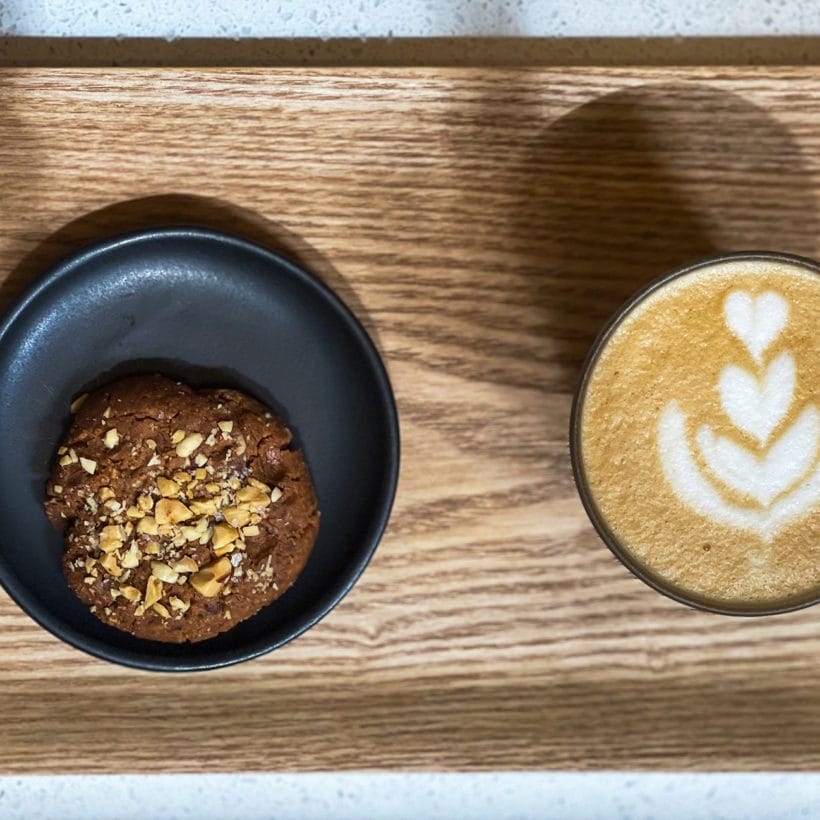

I enjoyed reading your post and you have inspired me to stick with my brand new ashtanga practice. Thank you.
I was very pleased to find this site. I wanted to thank you for your time for this particularly wonderful read!! I definitely savored every little bit of it and i also have you book-marked to see new stuff in your site.
Spuer, happy to hear so:-)